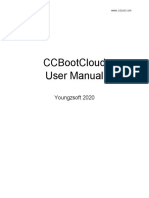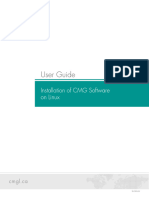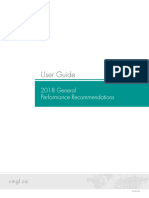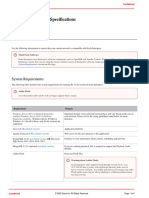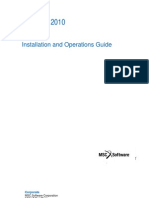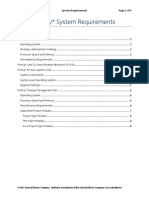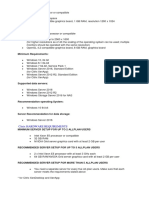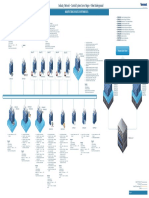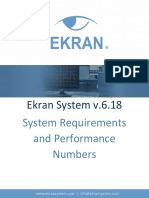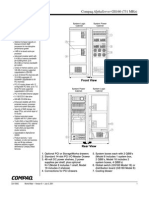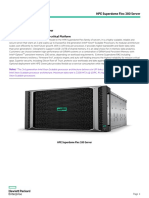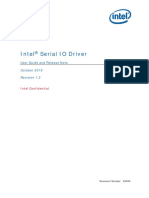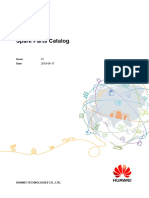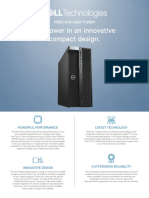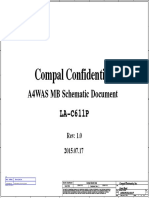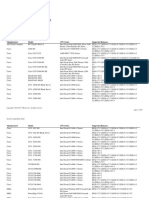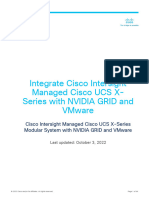0% found this document useful (0 votes)
39 views8 pagesCMG 2020 Hardware and Operating System Recommendations
The document provides hardware and operating system recommendations for optimal performance of CMG software, emphasizing the use of 64-bit systems and specific configurations for workstations and servers. It outlines processor, memory, graphics card, and disk drive specifications for various setups, including 2-socket and 4-socket systems, as well as recommendations for model simulations based on active block counts. Additionally, it highlights the importance of network speed and offers contact information for technical assistance.
Uploaded by
yurttagul16Copyright
© © All Rights Reserved
We take content rights seriously. If you suspect this is your content, claim it here.
Available Formats
Download as PDF, TXT or read online on Scribd
0% found this document useful (0 votes)
39 views8 pagesCMG 2020 Hardware and Operating System Recommendations
The document provides hardware and operating system recommendations for optimal performance of CMG software, emphasizing the use of 64-bit systems and specific configurations for workstations and servers. It outlines processor, memory, graphics card, and disk drive specifications for various setups, including 2-socket and 4-socket systems, as well as recommendations for model simulations based on active block counts. Additionally, it highlights the importance of network speed and offers contact information for technical assistance.
Uploaded by
yurttagul16Copyright
© © All Rights Reserved
We take content rights seriously. If you suspect this is your content, claim it here.
Available Formats
Download as PDF, TXT or read online on Scribd
/ 8








